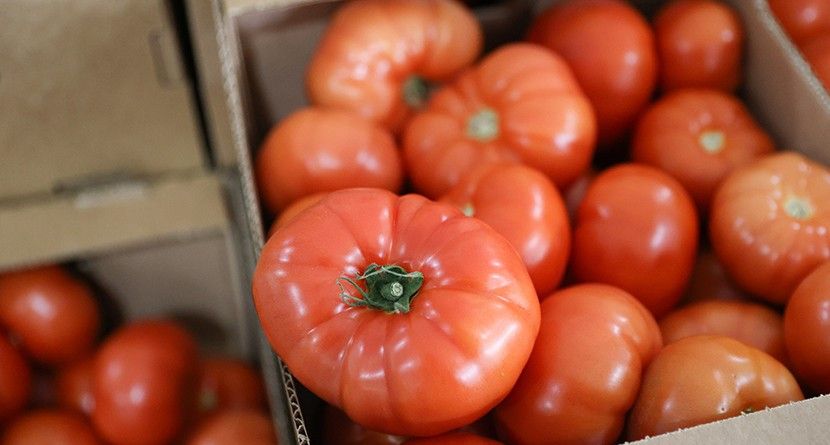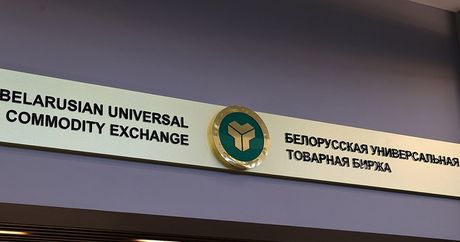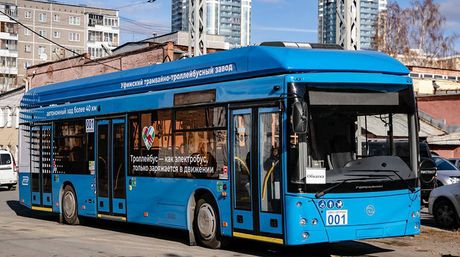Belarusian commodity exchange reports growing sales of fruit, vegetables
18:50, 12 July

- Share on Facebook
- Share on VK
- Share on Twitter
As the new harvest begins, BUCE has seen an increased interest from producers and consumers of fruit and vegetables, Roman Yaniv said. This is manifested both in an increase in the number of bidders and in a wider commodity range. For example, in the off-season it was an average of 5 to 7 companies that regularly participated in trading sessions. Now there are already 10-15 of them. In addition to potatoes, onions and garlic, which accounted for the lion's share of transactions in the winter-spring period, we now see fresh cucumbers and tomatoes put up for sale, although in small volumes for the time being. BUCE expects that as the season peaks in August-September, the demand for the exchange mechanism will increase, Roman Yaniv noted.
"Selling vegetables and fruits via the exchange is a completely new tool for Belarusian market participants, and not everyone is yet using it to the fullest. Nevertheless, the situation is changing for the better. For example, last year agricultural organizations deemed the exchange as a promising sales channel. This year many have moved from theory to practice. Thus, in the second quarter, 31 manufacturers took part in tenders. Those were mainly small farms and agricultural companies. 17 small and medium-sized businesses, large food industry enterprises and major retail chains participated as buyers. In particular, domestic meat processing plants actively bought onions and garlic, and now, as the new harvest begins, we see canneries show an increased interest in the exchange platform. Therefore, in the near future we expect an influx of participants and, accordingly, an increase in sales," the press service of BUCE reported.
BUCE hosts trading sessions in fruit and vegetable from November 2021 on a weekly basis. Most popular Belarusian-grown vegetables that are put up for sale include potatoes, cabbage, carrots, onions, beets and garlic.






